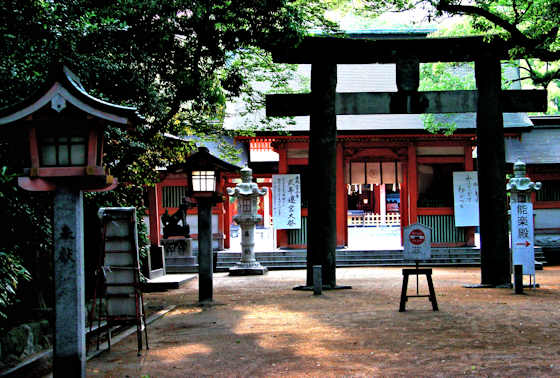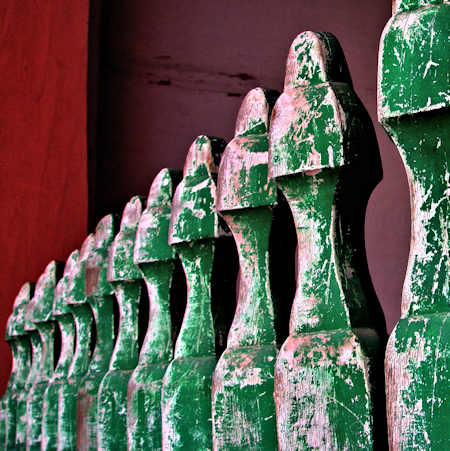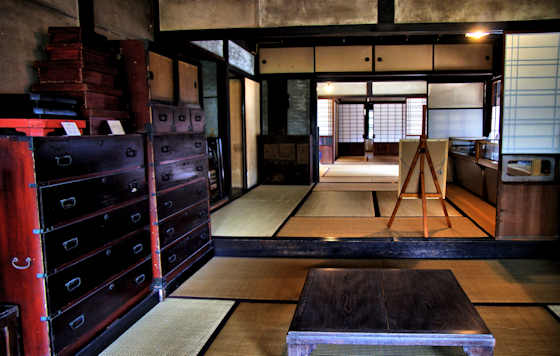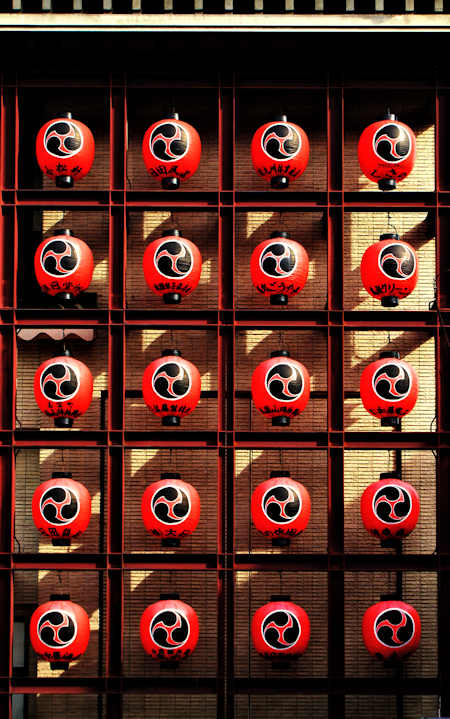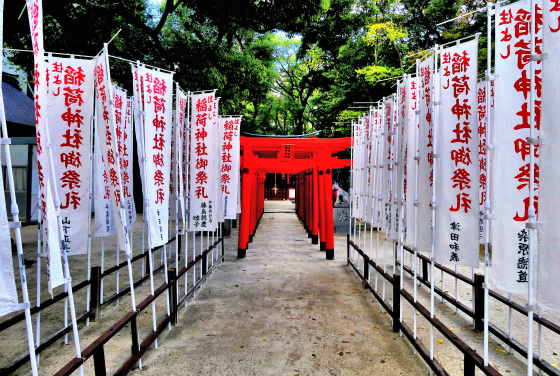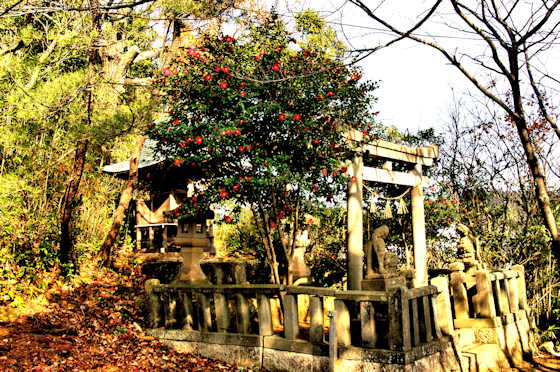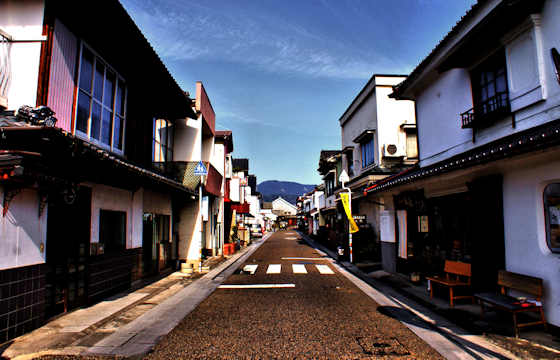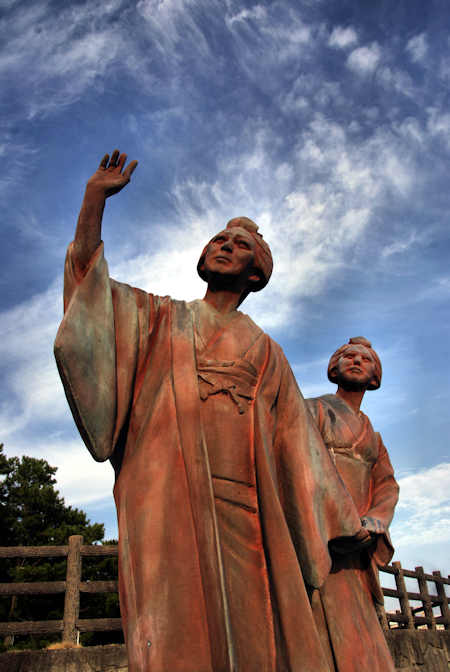Sunday, February 6, 2022
Sumiyoshi Shrine Hakata
Labels:
hakata,
jingu,
national treasure,
Shrine,
torii
Friday, February 4, 2022
Kasai Residence & Garden
Kasai Residence & Garden
Labels:
akinada,
garden,
preservation district,
takehara
Tuesday, February 1, 2022
Hita Preservation District in 2D
Hita
A series of photos taken in the historical preservation district in Hita, Oita, that focus on two-dimensional composition. Similar to the recent post I did on Omori.
Sunday, January 30, 2022
Sumiyoshi Inari Shrine
Sumiyoshi Inari Shrine
Thursday, January 27, 2022
Kokubunji Byakuraku Shrine
Kokubunji Byakuraku Shrine
The shrine is listed in the tenth century Engishiki, which means it received offerings from the cetral government.
Labels:
engi shiki,
Hachiman,
iwami33,
kokubunji,
komainu,
shimenawa,
Shrine,
torii,
wakeikazuchi
Tuesday, January 25, 2022
Hita Preservation District
Hita
Hita is a small town in Oita, close to the border with Fukuoka, and on the Mikuma River, which runs into the Chikugo River.
The old part of town is called Mamedamachi, and is a Preservation District with streets of old buildings from various times in the Edo Period.
Labels:
hita,
hita kaido,
kyushu108,
oita,
preservation district
Sunday, January 23, 2022
Mikka Ebisu Shrine
Mikka
Wednesday, January 19, 2022
Day 14 on the Ohenro Trail Winds Down
Ohenro Trail Day 14
Subscribe to:
Posts (Atom)
